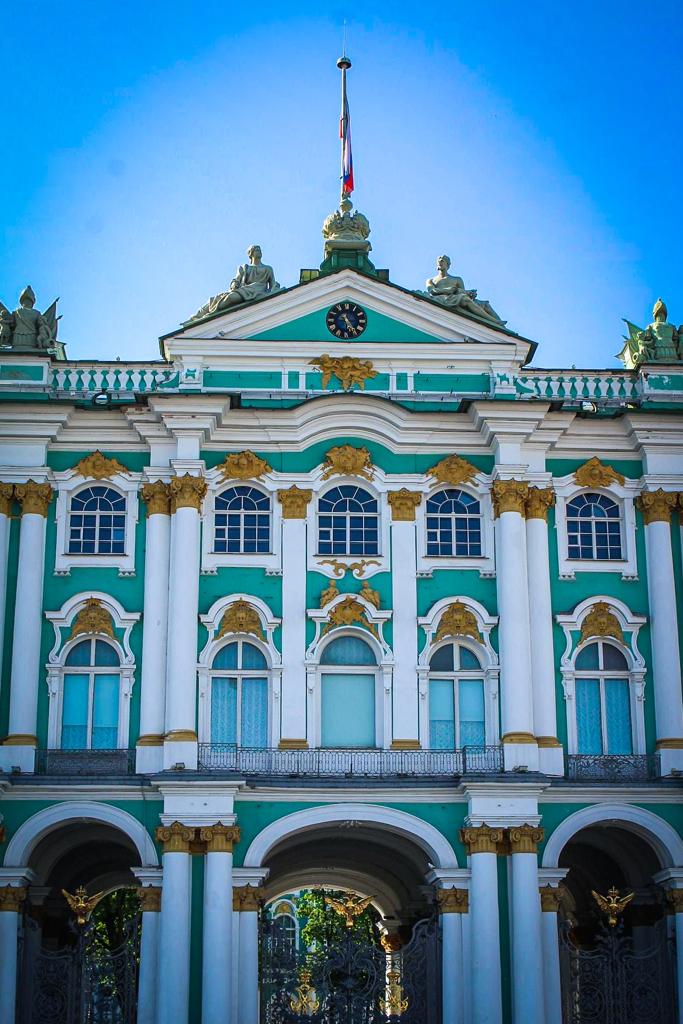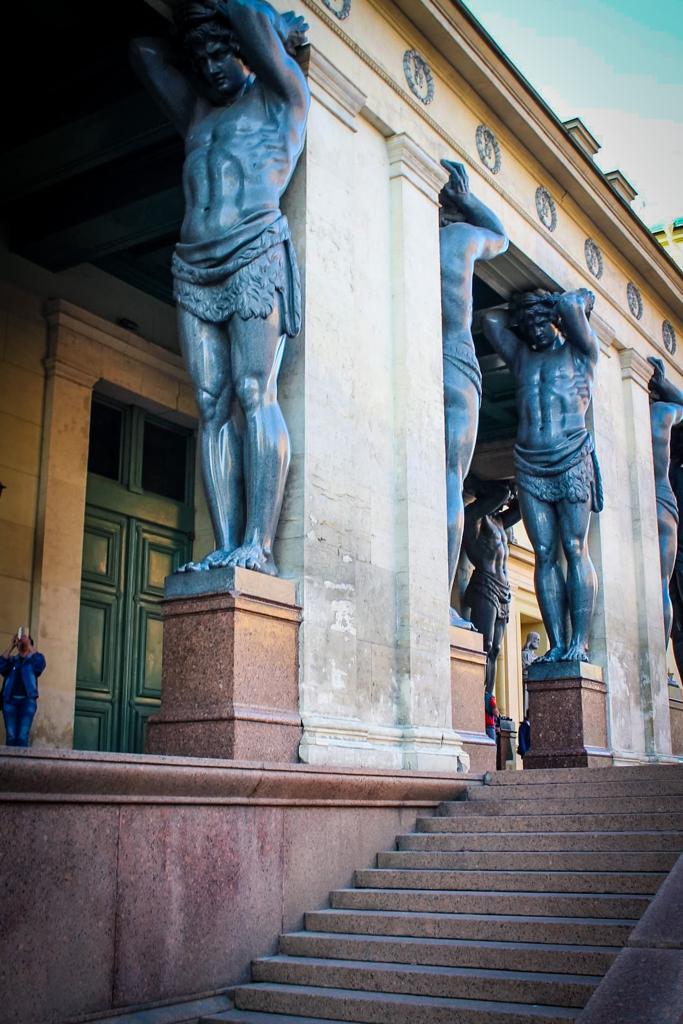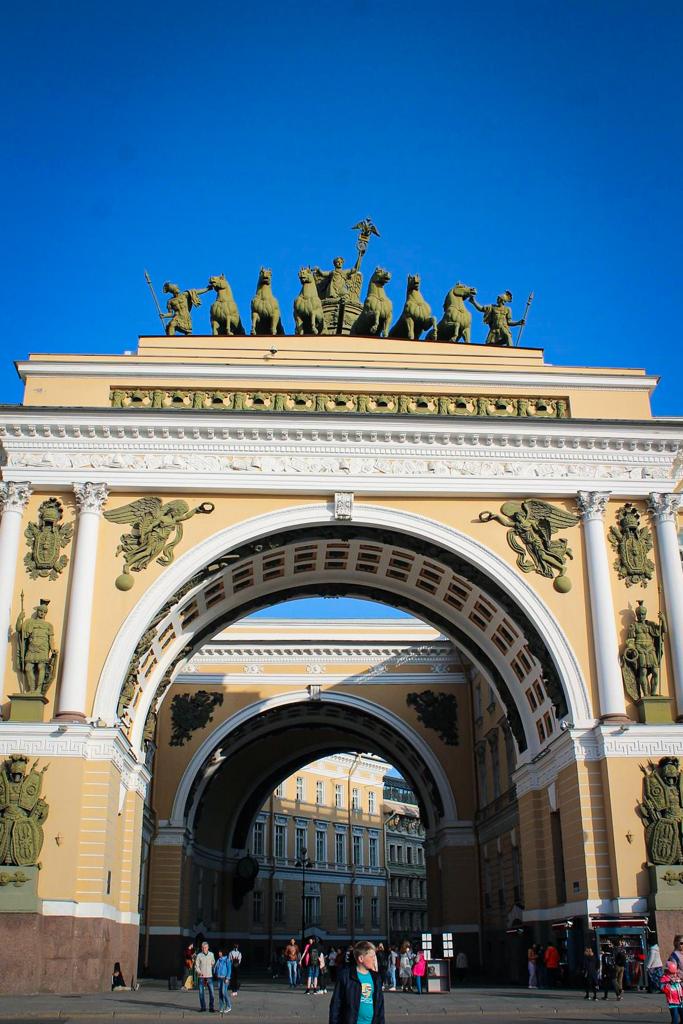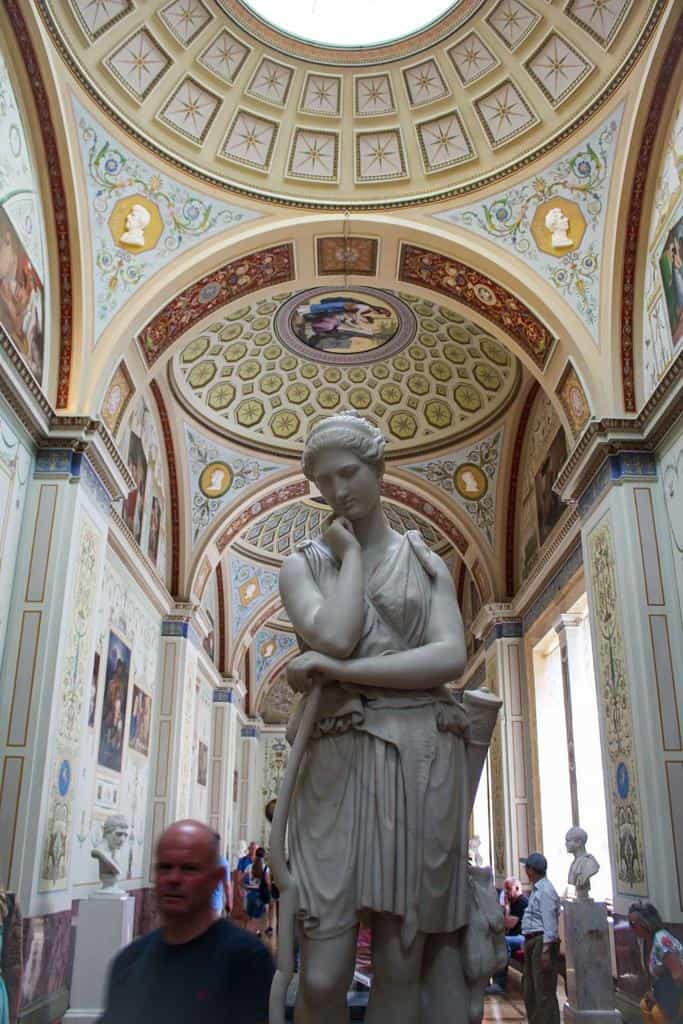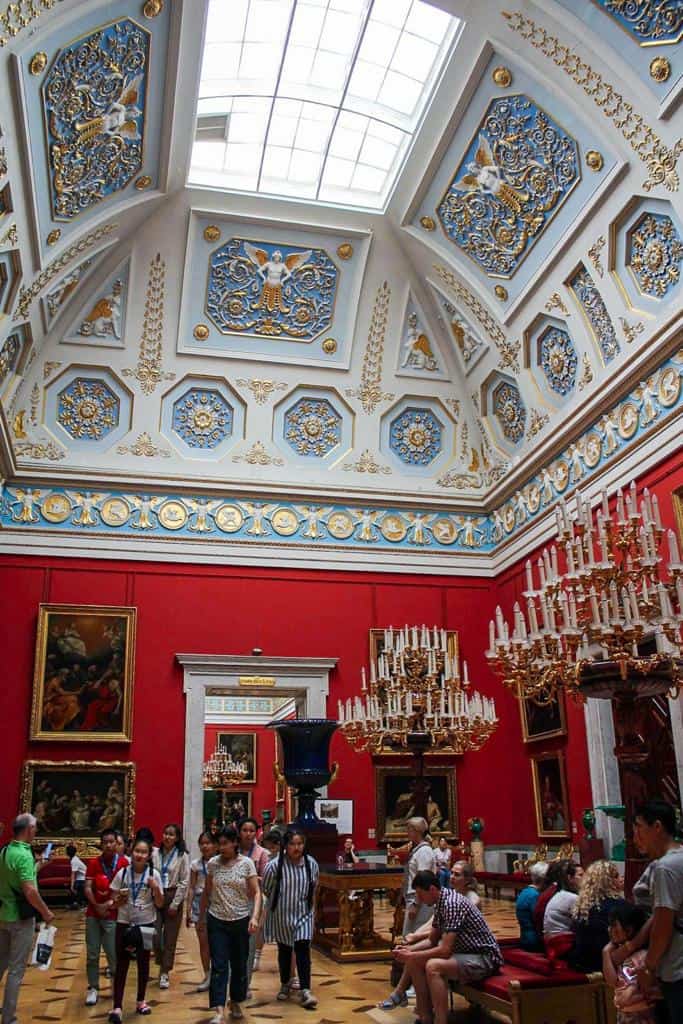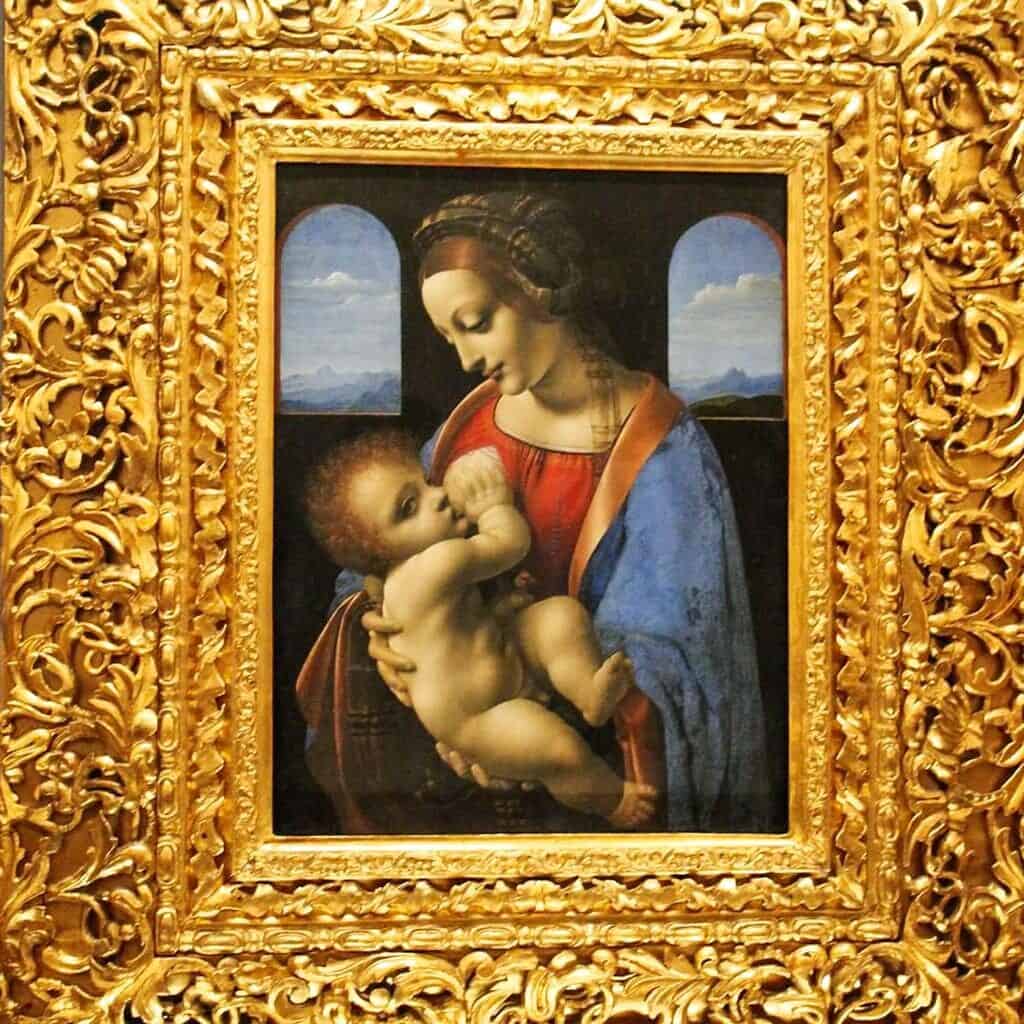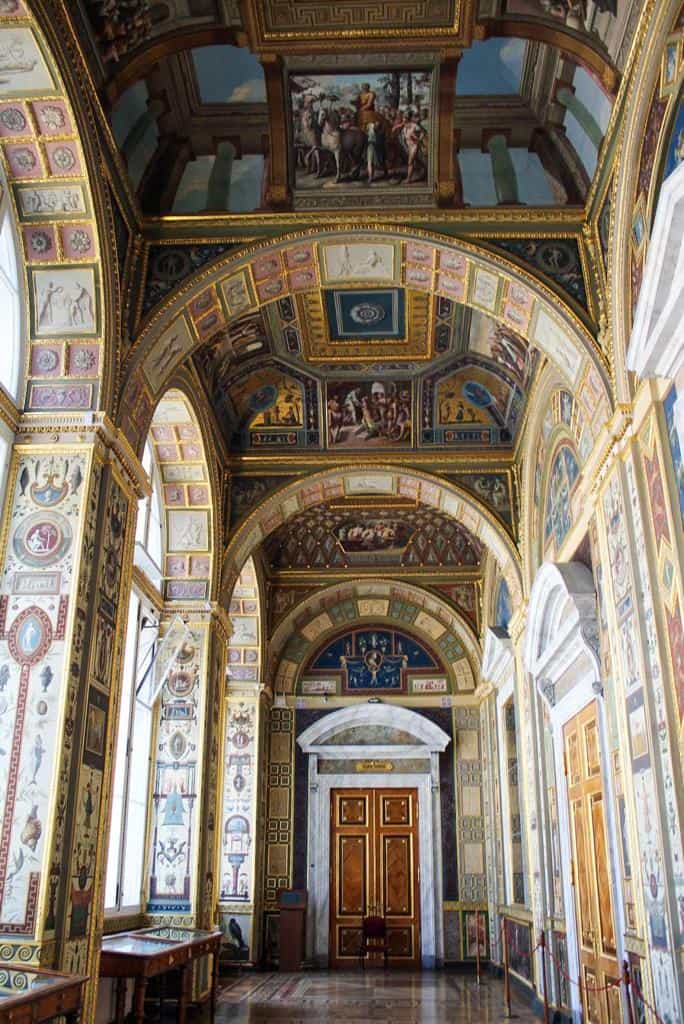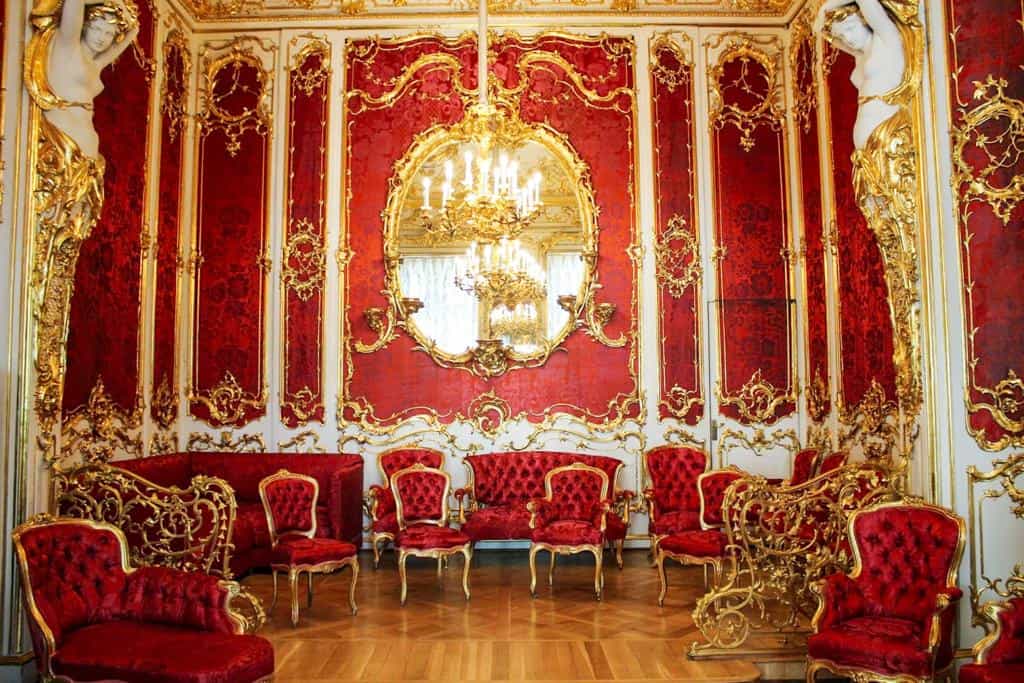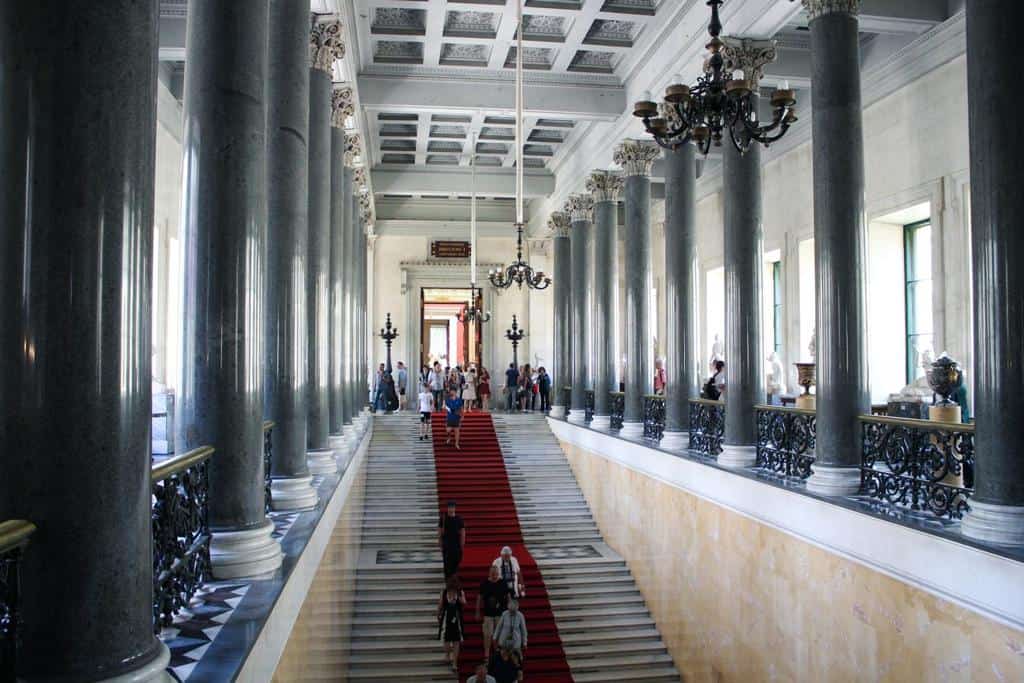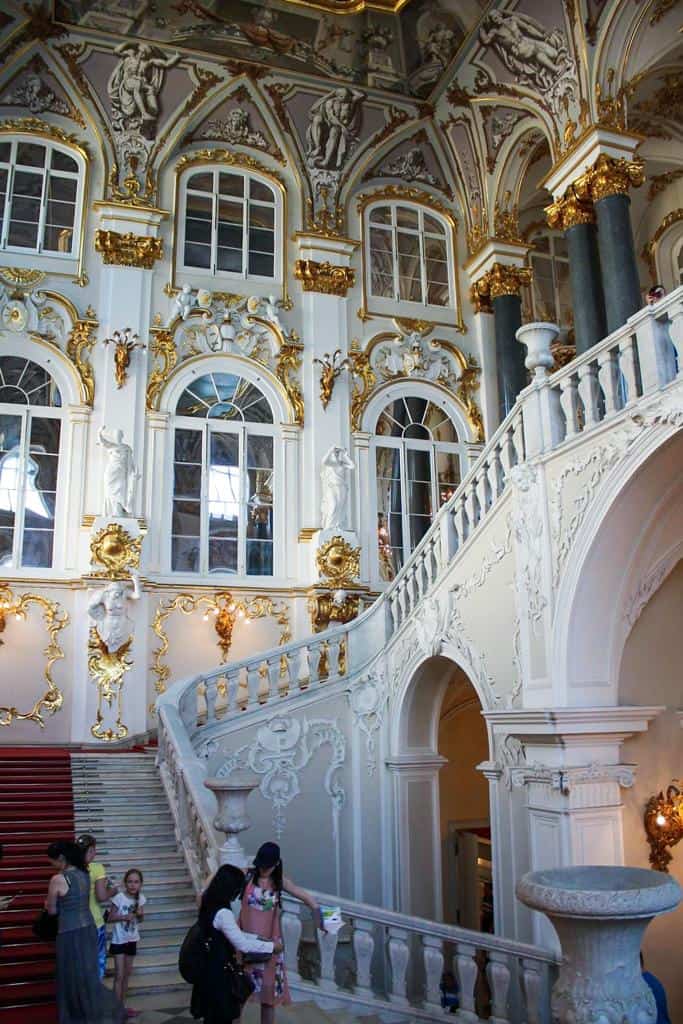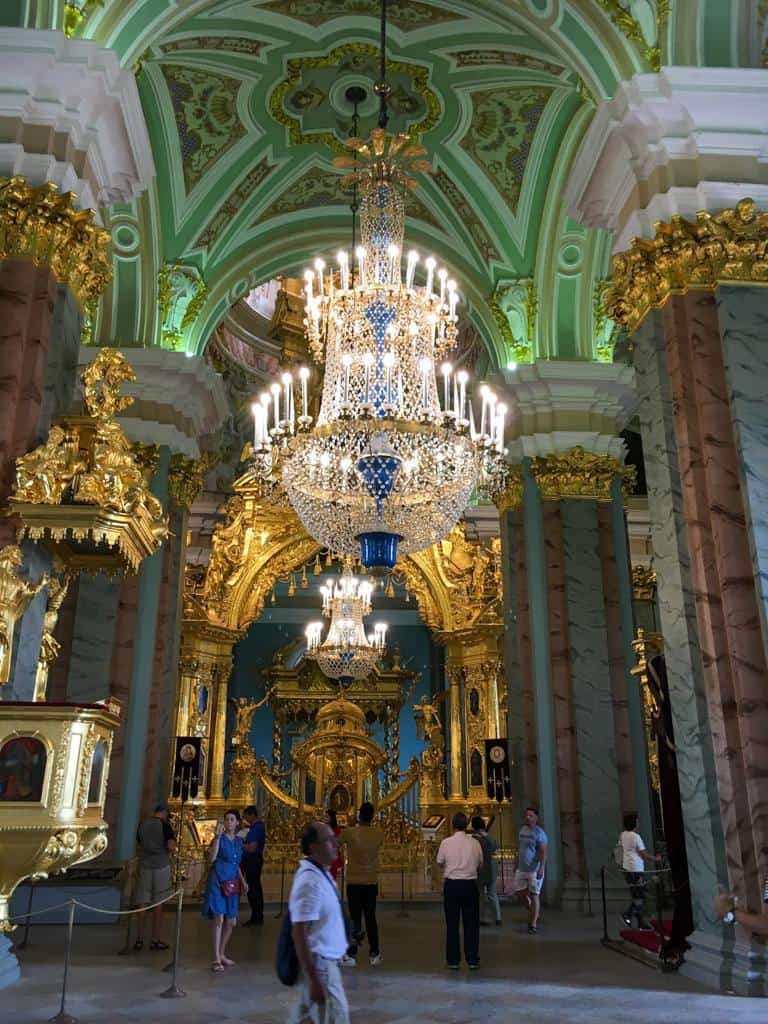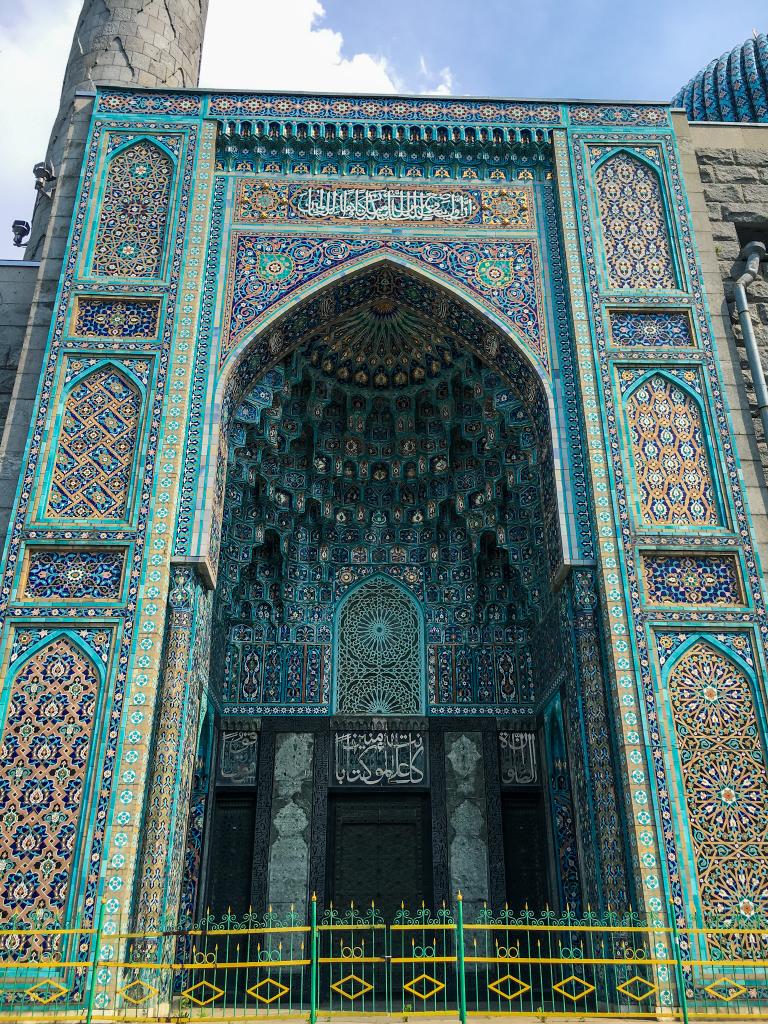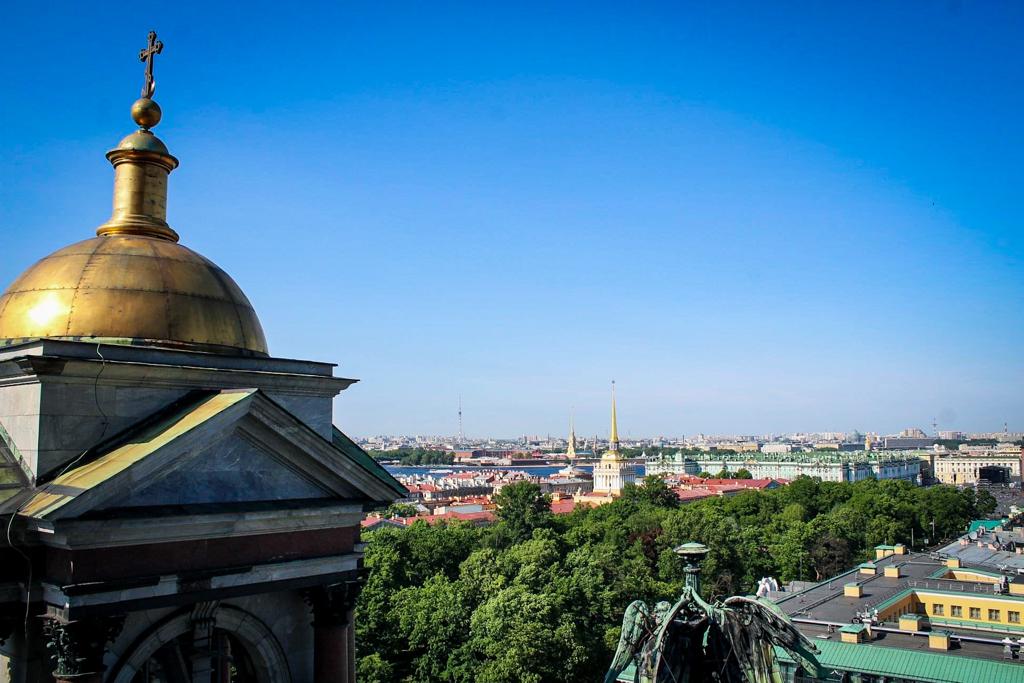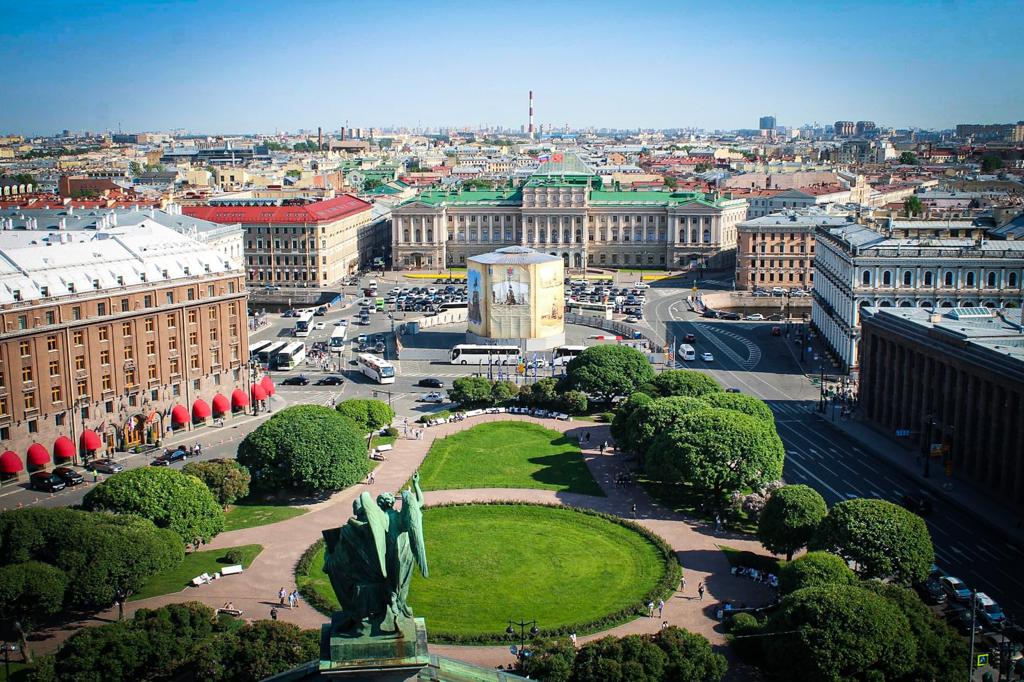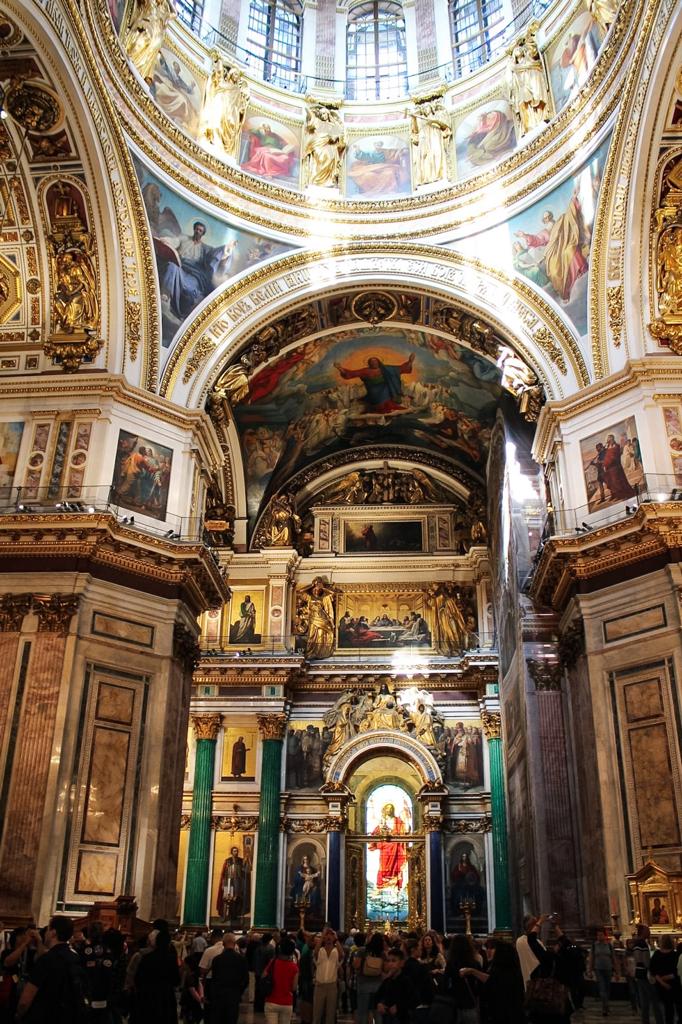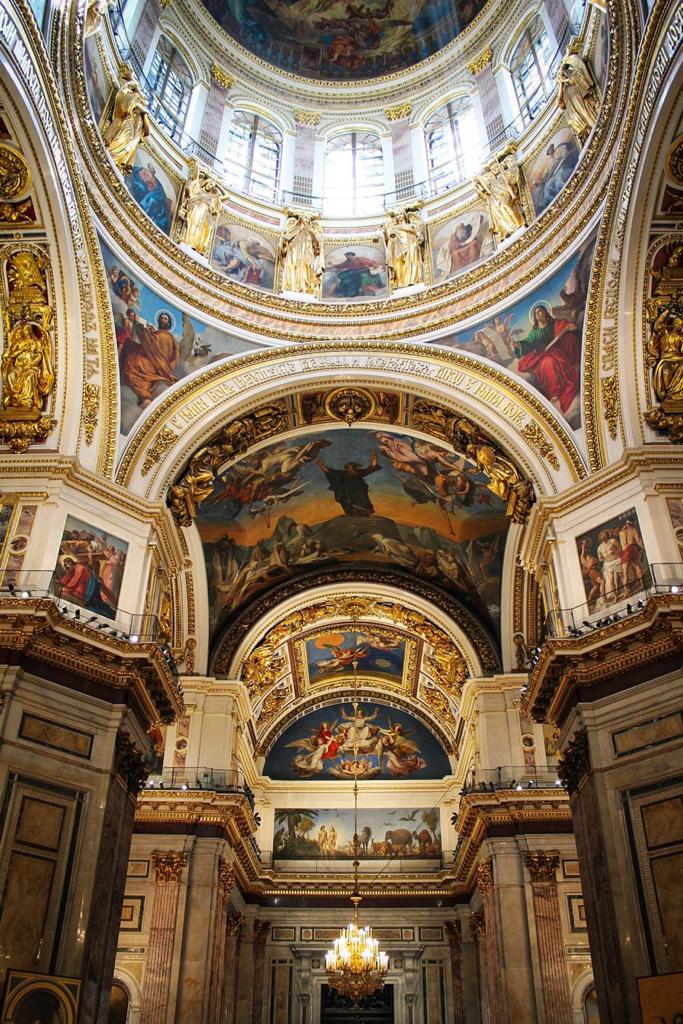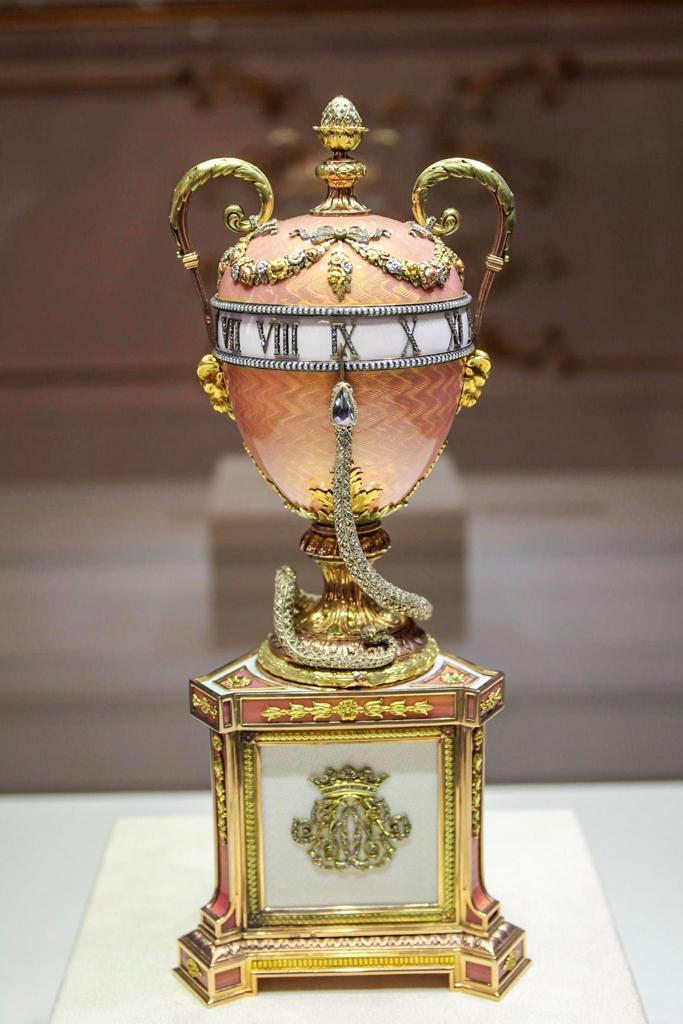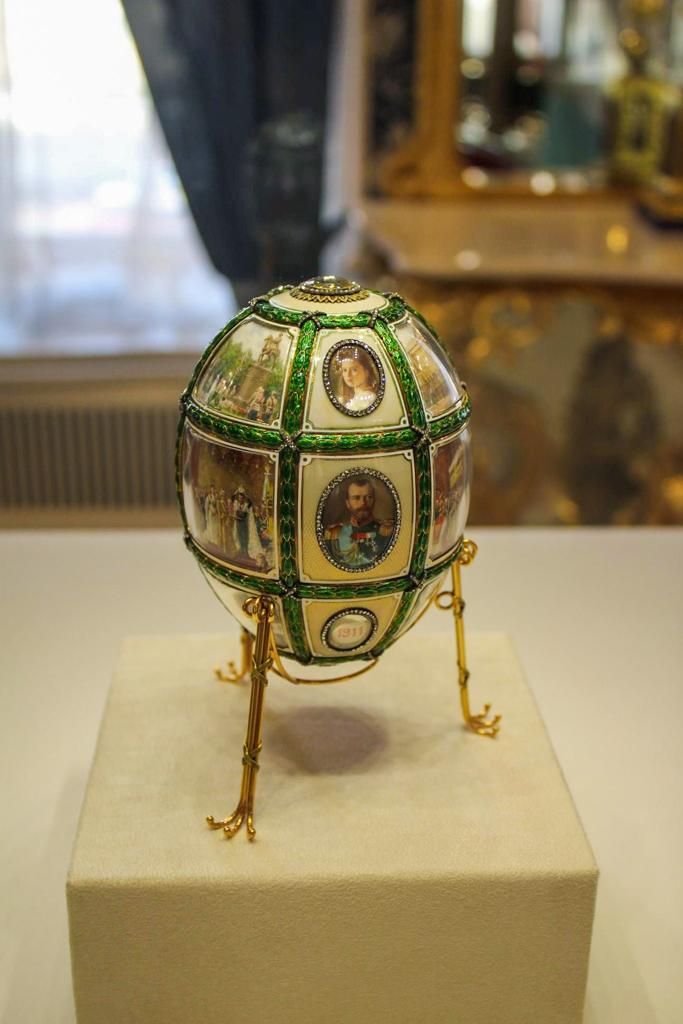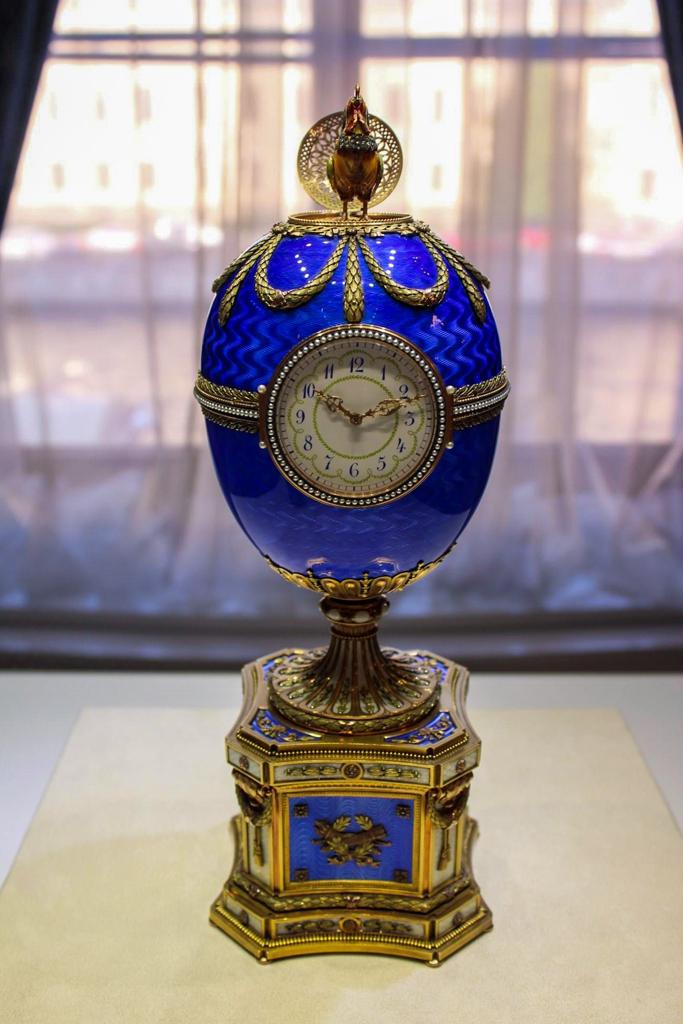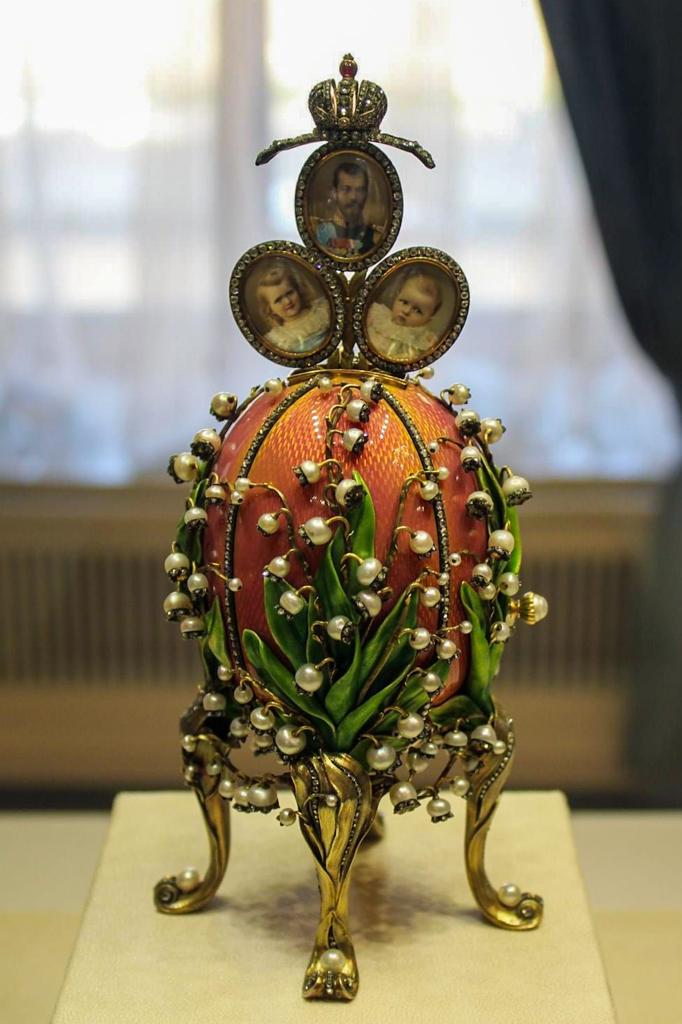This post may contain affiliate links, where we may receive a small commission if you purchase something through following the links at no extra cost to you.
When thinking of traveling to Russia, Saint Petersburg topped our wish list, and rightfully so. Never before have we seen such grandness as we did here, in Russia’s Grand Lady. Jaw-dropping, incredible palaces, one of the greatest museums in the world and an amazing cathederal. Canals and bridges, classism, urbanity and creativity. We could go on forever trying to describe the grandness of this city. But we won’t. Instead: Read on as we show how to spend some days in Saint Petersburg.
Peter the Great wanted to make Russia a great European power, and that’s how it all started. Saint Petersburg was founded. Years later it became a cosmopolitan city with monarchs living in glittering palaces and royal splendour.
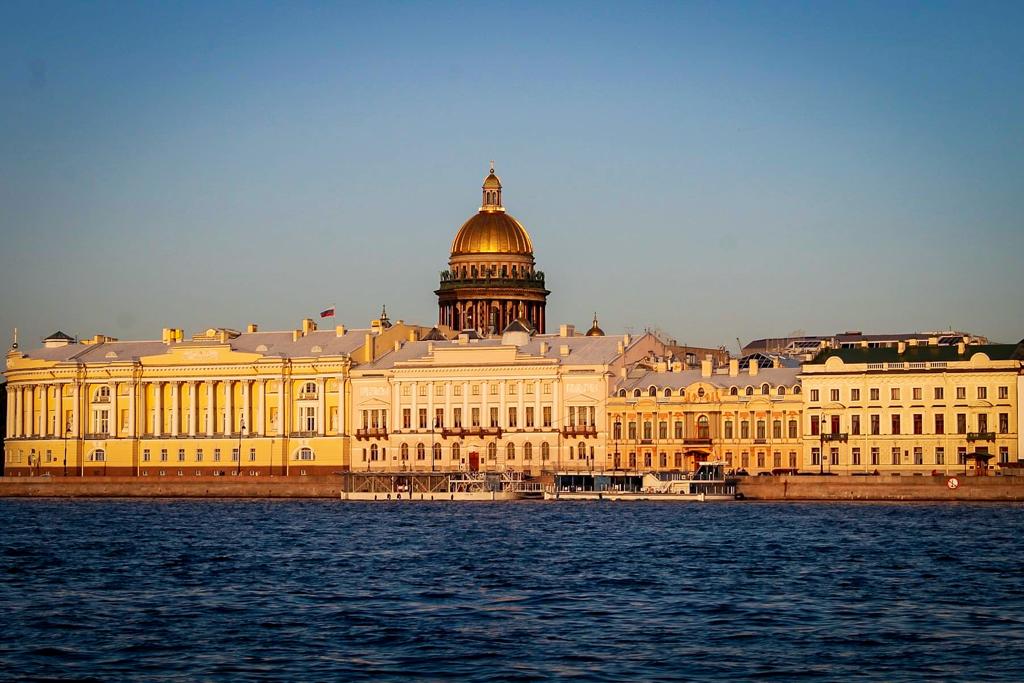
Rightfully we expected Saint Petersburg to be a great city. A grand city. But not like this. There are so many magnificent buildings all over the city. So much monumental architecture. So much art. To see it all, one would have to spend maybe weeks here, but in some few days you can also see a lot.
Also, Saint Petersburg is not only about previous royal grandness (or craziness). In contrast, it is also a creative city with an urban vibe. There are small galleries, second-hand shops and cafes serving third-wave coffee and vegan food. Furthermore, you can also find great examples of the monumental, stalinist, communistic architecture.
Content
Heremitage – something completely extraordinay
The State Hermitage Museum can’t be described with words. It’s so massive. So huge. One can easily spend days wandering around the rooms in the four interconnected buildings, including the grand rooms and halls in the adjacent Winter Palace. One should look long to find a more splendid palace. An then there is the magnificent collection. A collection of over three million items displayed in no less than 360 rooms.
We recommend to buy the two-day ticket as one day simply isn’t enough. Purchase your ticket online, and you can enter the museum from a separate entrance and avoid the long line.
Peter and Paul Fortress – the birth of Saint Petersburg
Peter and Paul Fortress is the original citadel in Saint Petersburg. It is rated as one of the main sights in the city. After Peter the Great founded Saint Petersburg, the building of his city started with the fortress in 1703.
Walk over the Ioannovsky Bridge and you will come to the main entrance. The Peter and Paul Cathederal is the main sight. The cathederal is the burial for most Russian Tsars after Peter the Great, with a few exeptions. If you join a guided tour you can visit the bell tower giving you great views over the city. Also, the fortress walls offers panoramic views. Today the Peter and Paul Fortress is the most important part of the State Museum of Saint Petersburg History.
Don’t miss the Saint Petersburg Mosque when you are in the area. The 49 metres high minaretes and its 39 metres high dome is an impressive sight. It’s huge, and can accomodate up to five thousand worshippers. With its azure blue and purple tiles this great example of Islamic architeture reminds more of the mosques you can find along the Silk Road in Iran or Uzbekistan.
St. Isaac’s Cathederal
A great landmark in Saint Petersburg is the impressive St. Isaac’s Cathederal. Located on the square with the same name, it is dominating the citys skyline. The huge 12.000-capacity building took 40 years to build before it was completed in 1858. Nowadays the catheredal functions as a museum, after the Soviet government changed the use of the builing in 1931.
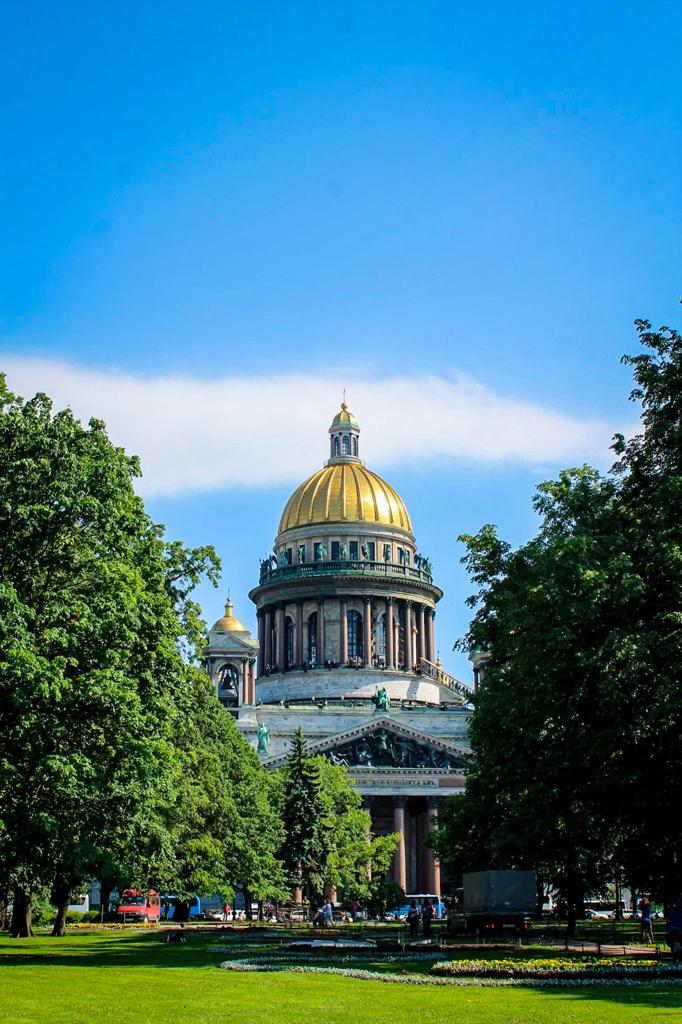
Most noteworthy is the enormous golden dome, rising 101,5 metres. For spectacular views of Saint Petersburg, climb the 262 steps up to the colonnade of the dome. The steep stairs is totally worth it as soon as you reach the top.
Furthermore, the interiors of the cathederal is nothing but stunning. Expect collumns, marble, gold, paintings, statues and mosaics.
In addidtion to the entrance ticket, you have to purchase a separate ticket should you wish to visit the colonnade.
If you are in need of some refreshments and something to eat after the visit to St. Isaac’s, we recommend a visit to an excellent Asian restaurant. Made In China is located just off St. Isaac’s Square (Bol’shaya Morskaya Ulista 35). They serve excellent and modern Asian food. Try the dumplings, the Peking duck or the Bibimbap. They have some street tables (which is not so common in Saint Peterburg). The restaurant is popular, so book a table if you go in the evening. (unpaid advertisement/ personal recommodation)
Two other great churches in Saint Petersburg
One of the main sights in Saint Petersburg is the Church of the Savior on Spilled Blood. This five-domed church, completed in 1907, has a classic Russian Orthodox exterior. It is colorful and the facade and onion-shaped domes are richly decorated. Similarly, the church interiors contains over 7500 sq metres of mosaic. Probably, the best view to the church you will find if you walk along the Griboedov Canal.
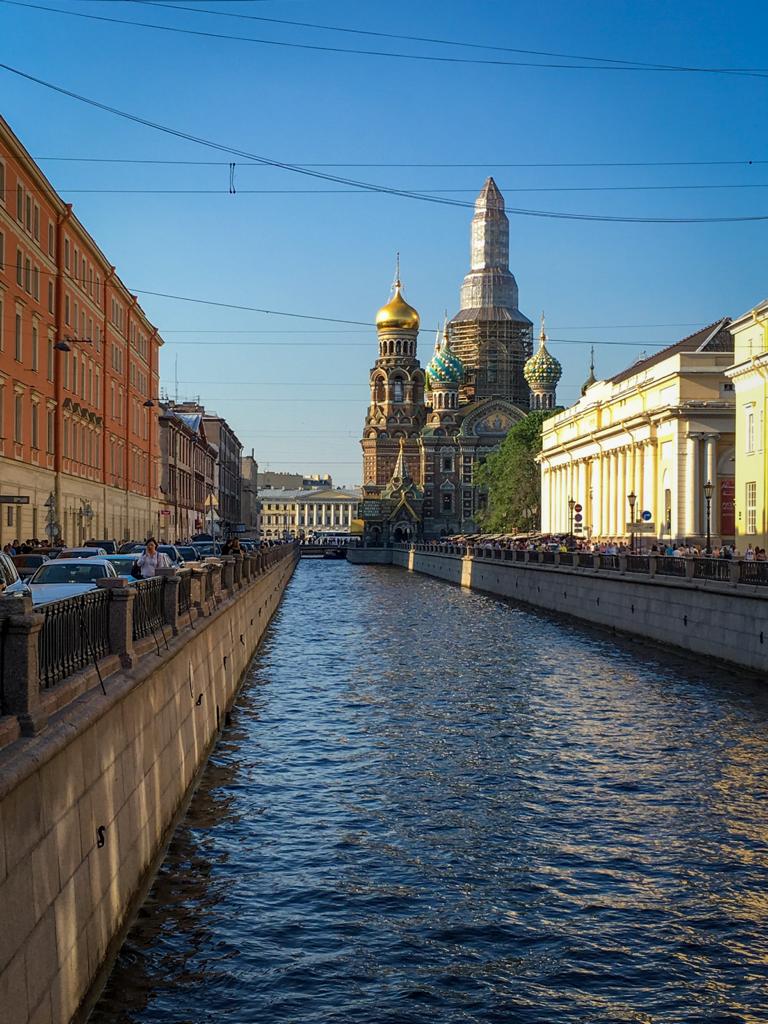
Another very inpressive church is the Kazan Cathederal, located on Saint Petersburg’s main street, the Nevsky Prospekt. Also this is a grand building, with a 111m long half-round colonnade. Inspired by the Basilica of St. Peter in Rome, this church was intended to be the main Orthodox church in the country.
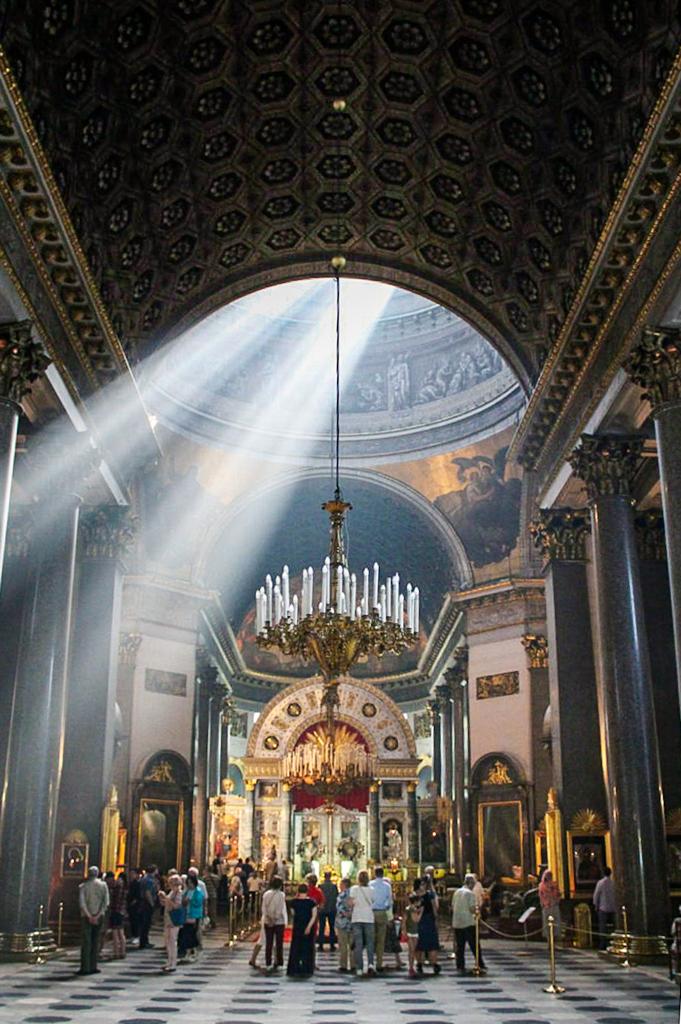
Fabergè
Ever heard of the Imperial Easter Eggs by Fabergè? Not the chocolate ones, but the very expensive ones? Those with gold, diamonds, rubys and emeralds?
The man behind these treasures was the Russian jeweller Peter Carl Fabergè, founder of the jewelry legacy House of Fabergè. 52 Imperial Eggs were made for the Russian Tsars Alexander III and Nicholas II as Easter gifts for their mothers and vives.
The beautifully restored Shuvalovsky Palace, a former noble palace, is today home to the Fabergè Museum. It has a collection of some 4000 artworks, including gold and silver items, porcelain and paintings. The absolute highlight of the museum is a group of nine Imperial Easter eggs. These small, but very beautiful treasures are today worth millions of Euros, and are sought-after objects for collectors.
Along the canals
There is so much to see in Saint Petersburg, both in the historic heart of the city, but also in the other parts of the city. Most certainly you have limited time and need to make priorities of what to see.
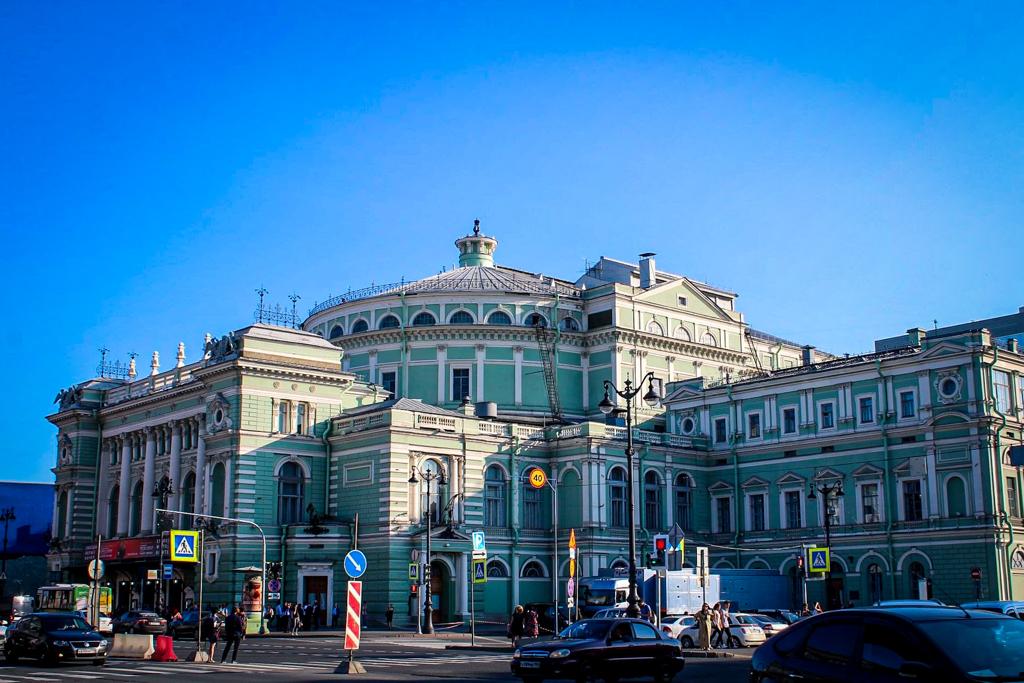
After visiting some of the museums, churches and palaces it might also feel nice just to wander round the city without any specific plan. Try a walk along the canals and rivers. Anywhere you go, and literally around every corner you will find grand buildings with fine classic architecture.
Along the Moyka River you will pass the spectacular Yusupov Palace known for its interiors. A walk along the Kryukov Canal will lead you past the famous Mariinsky Theatre. This has been one of Russias most respected culture institutions ever since it was built in 1859.
Continue along the Kryukov Canal and you will arrive at the New Holland Island. Previous closed to the public, this hotspot is now a popular hang-out. There’s a lot going on here, with hundreds of events throughout the year, such as concerts, exhibitions and film screenings. Several cafes and restaurants serve food and refreshments, and there are also some few shops. It’s a large, popular place to hang out, and the green lawns are often filled with happy people enjoying the summer nights.
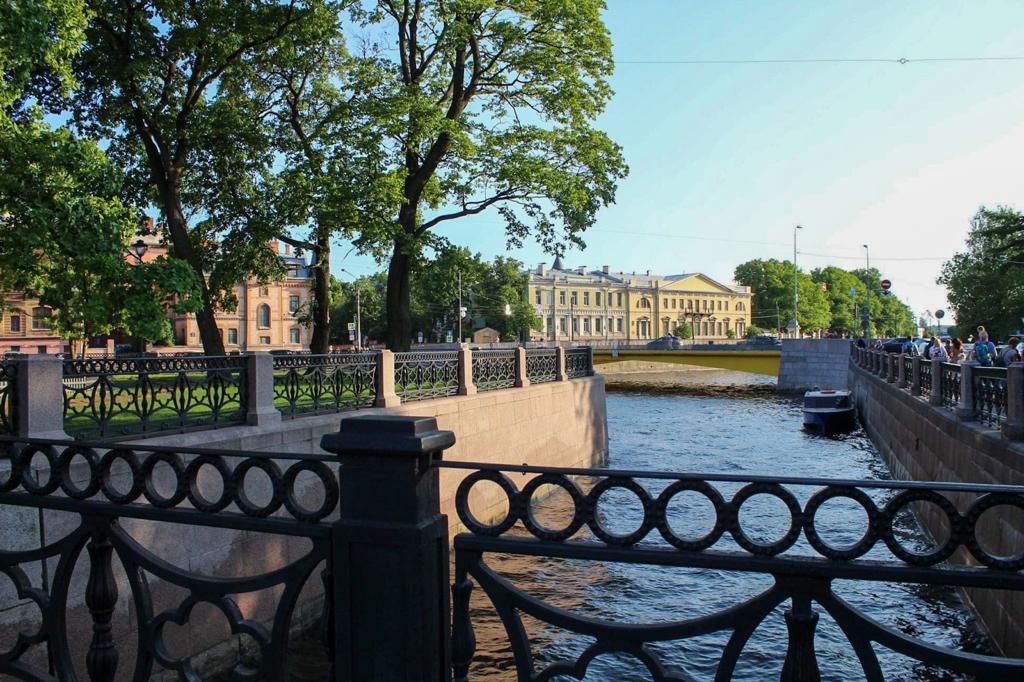
Getting there and around
Saint Petersburg International Airport (LED) located 23km south of the city. Taxi is the best option from the airport. The other option is to take a bus to Moskovskaya metro station, and from there take the metro to your destination in the city.
By train you can arrive from other parts of Russia. High-speed trains connect with Moscow in only four hours. Also, Saint Petersburg is well connected to European cities such as Tallin, Berlin, Budapest, Prague and Warsaw.
Buses runs from many destinations in Russia. Also buses runs from other cities, e.g. Riga, Minsk and Berlin.
Getting around Saint Petersburg
Even Saint Petersburg is a big city, most places of interest are within walking distance. The efficient metro has five lines covering big parts of the city, There are also buses, trams and trolleybuses. Also, you can travel with a Marshrutka, a minibus, often going routes the metro doesn’t cover.
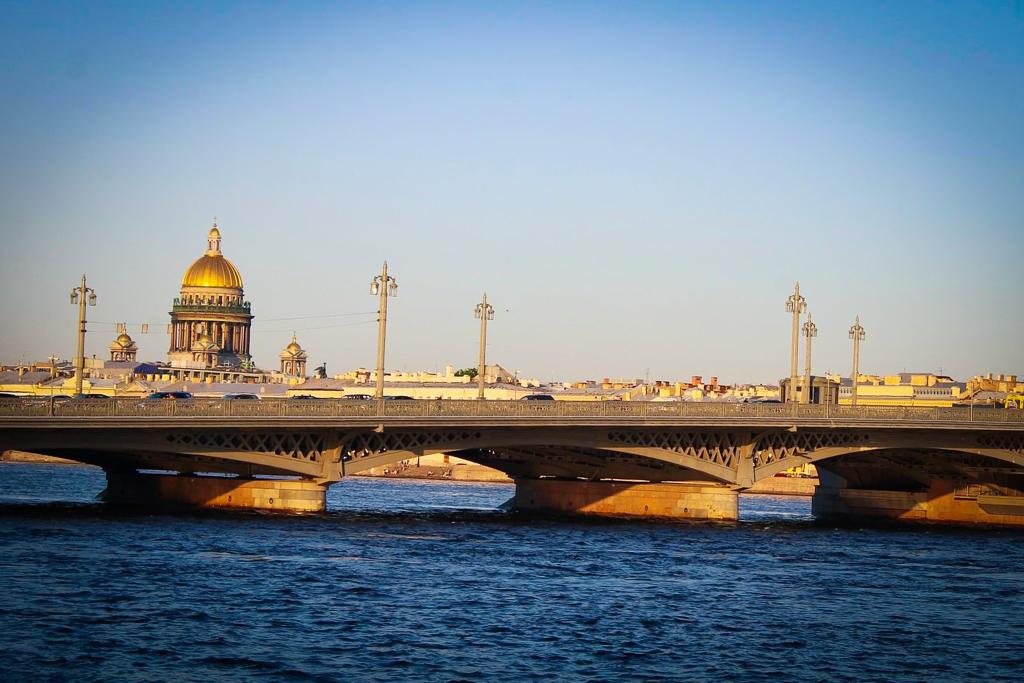
More inspiration
Saint Petersburg was the last stop on a 12-day journey in Russia. Read our post from Moscow if you also are heading there. Maybe you are planning to see more of the country as well? Read about Russia’s Golden Ring with its beautiful historic towns.
If you want to visit Eastern Europe, but don’t want to travel all the way to Russia, then maybe Poland can be a good option for you? We have visited the great cities of Poznan and Wroclaw. Read on to see what you can do there.

